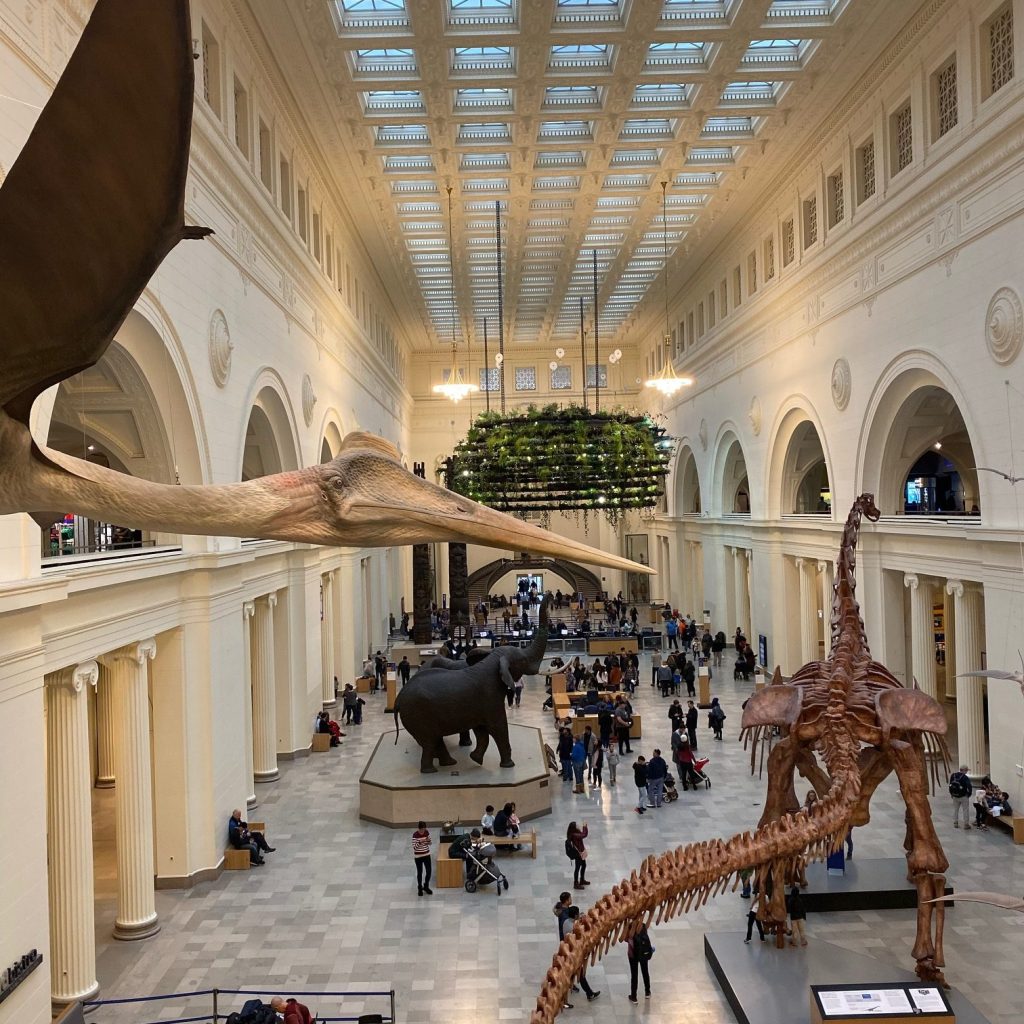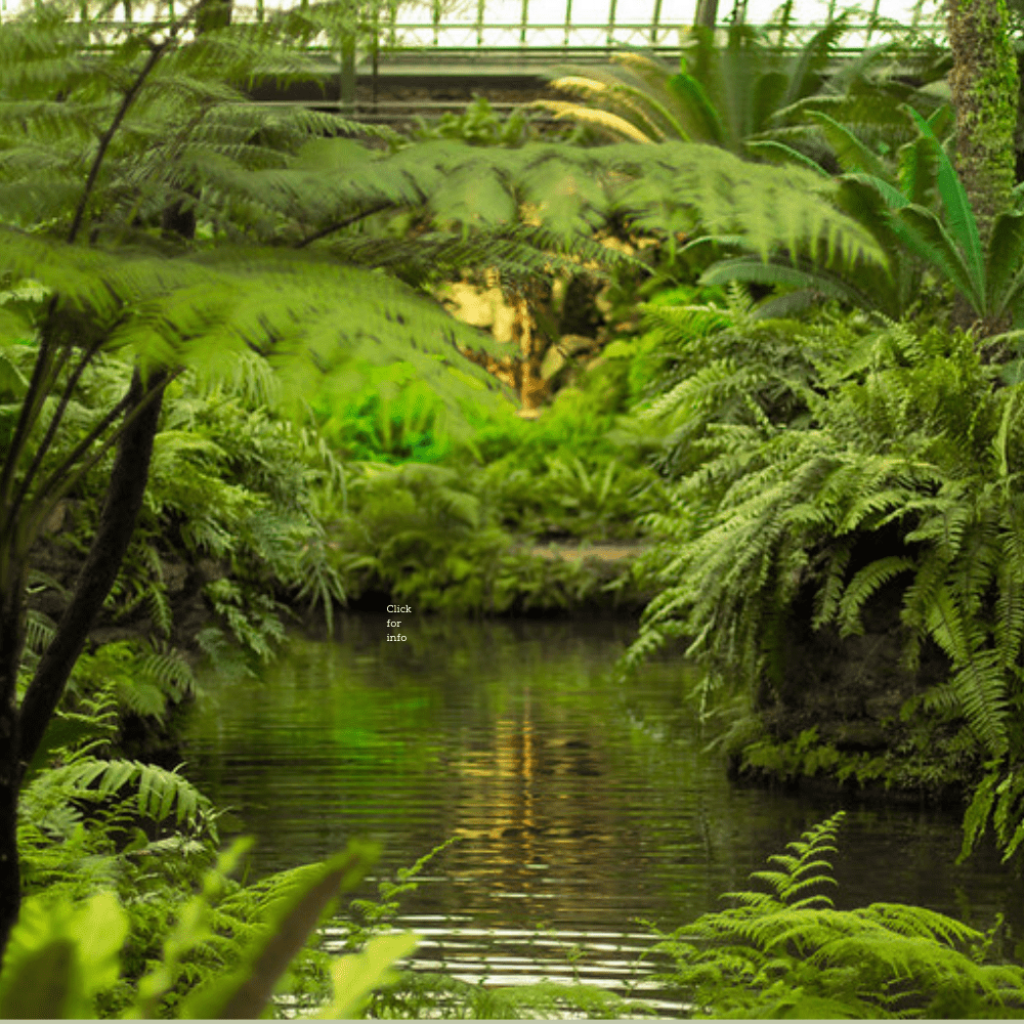
Garfield Park Conservatory, Chicago
Story by Dawn Woolcott
Humans have left their mark on the landscape of Chicago without a doubt. You’d have to step back into your way-back machine – and I mean WAY back – to see the landscape as it would have looked before humans ever set foot on the land. One man had a vision, and wanted to create a landscape that only dinosaurs would recognize as Chicago. A landscape full of lush ferns, lagoons, and rocky outcroppings quite foreign to today’s environment. Jens Jensen was a man well ahead of his time. He had the opportunity to create a conservatory and wanted to create one that was a natural environment, quite unlike the very tidy and manicured Victorian era conservatories of his time. In 1906 he designed what would become the Garfield Park Conservatory.
The Conservatory is a series of individual rooms, each with a specialty focus, and all available for visitors to come and enjoy for free. 10 acres of landscaped outdoor gardens accompany the indoor spaces, giving visitors ample space to be outside and enjoy the sun, or indoors and have respite from the wind or rain.
The Palm House is the largest room – at 90 feet wide and 65 ft high to accommodate the 70 tropical palm trees planted inside. The enormous space warms you immediately upon entering, seemingly transporting you to the equator and a world away from the big city.
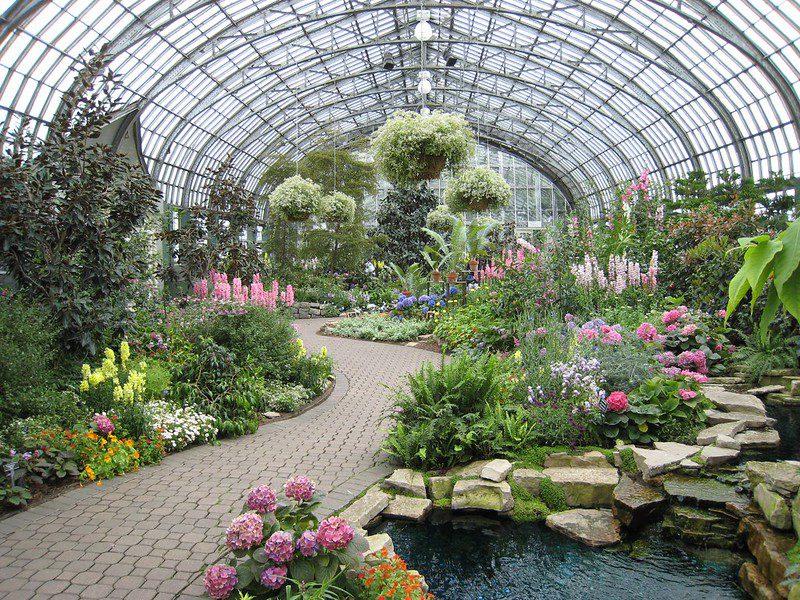
The conservatory buildings sit within manicured outdoor gardens and all within an 184 acre Garfield Park. Garfield was one of three large parks on the west side of the city, each with its own propagation building and small conservatory. In 1905, the parks department needed to demolish and replace the aged buildings already on each park. Rather than duplicate the same facilities, they hired a designer to come and build a centerpiece. And what a centerpiece he created.
Conservatories were incredibly popular in the late 19th and early 20th centuries. When the Prince Consort of Queen Victoria directed the immense and glorious Crystal Palace to be created for the Great Exhibition of London Fair in 1851, he set off a fashion for the wealthy to build conservatories of their own. Built generally as a status symbol, the need for a conservatory grew in some part as a reflection on the new plant acquisitions that seemed to arrive on a regular basis. The 1800s were a time of discovery and invention. Plant finders roamed the world, attempting to bring new-found plants back home to an eager consumer. The wealthy were keen on setting a good table and serving the latest and greatest fruits and vegetables to their guests.
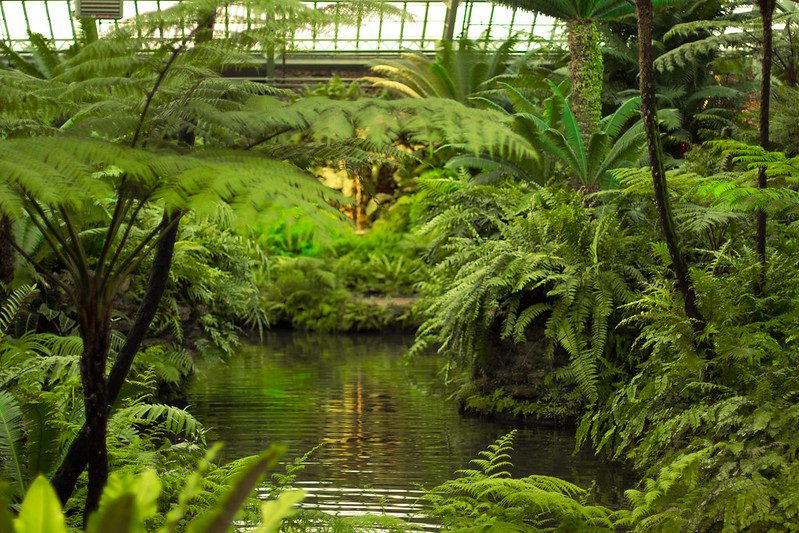
It was a time of dinner tables set with specialty forks used just to serve asparagus or celery. This was a time when the wealthy homes often had a huge gardening staff to maintain their gardens and landscapes. And yet the Garfield Conservatory was not created for any one wealthy family. It was intended and always used as an educational opportunity and pleasurable space for the general public. Inside, you can learn about a wide range of desert plants and tropical plants under the large glass roof.
It isn’t all learning, though. There are plenty of arts exhibits, music in the garden concerts, and perhaps even a little yoga in the garden. Check their website before you go to see what is happening during your visit. You might be pleasantly surprised! In 2022, the special Artist’s Garden exhibit will focus on the Art Nouveau movement, which often used natural, organic plant shapes in the designs (think William Morris) and the use of lilies and hydrangeas often seen in paintings. The outdoor exhibit runs July through October and has a nominal $5 admission fee.
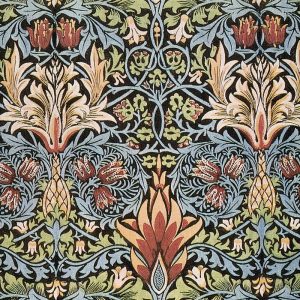
If you are passing through Chicago on your way to a Great Lakes cruise, stop by the Natural History Museum – The Field Museum – to see the amazing life size dinosaur exhibits including Sue, the T-Rex. Entrance fees are about $30 per adult, but you can spend all day there exploring! After the Field Museum, follow up with a visit to the Garfield Park Conservatory and wander back in time. With a little imagination you might just see a pterodactyl flying over the lush, warm landscape below.

